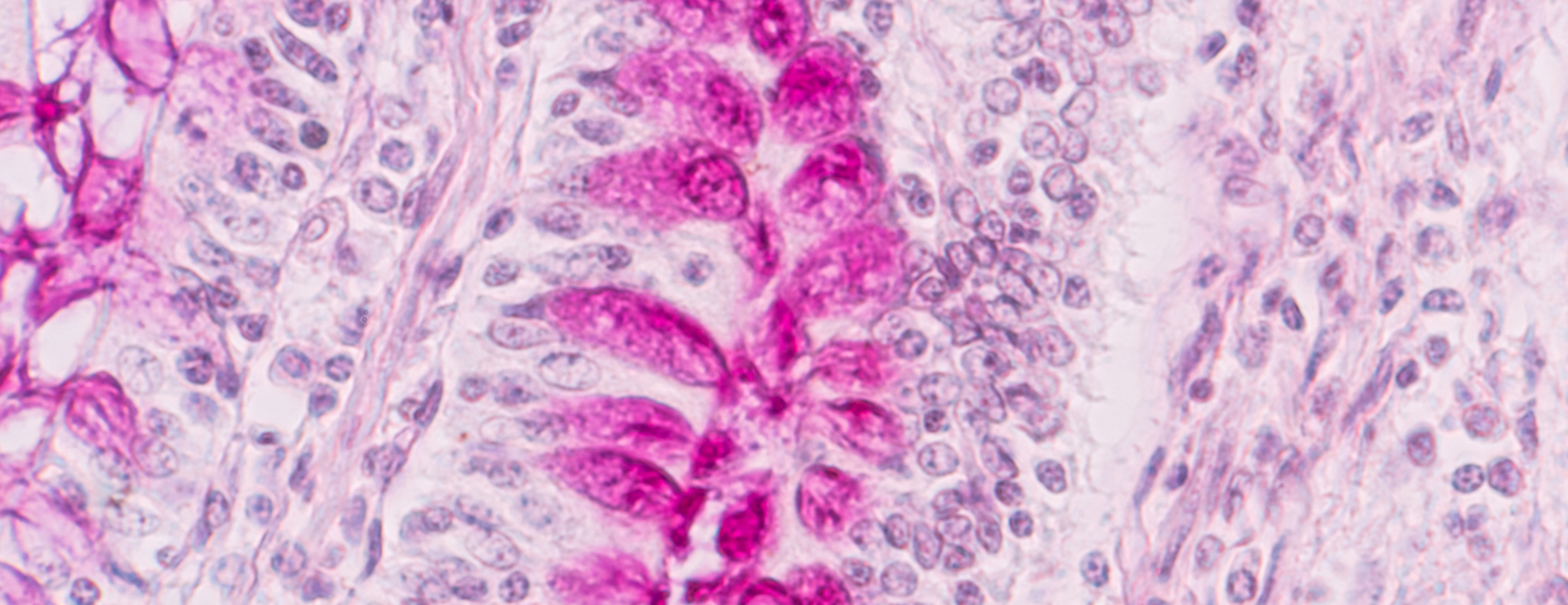
Culture - duodenal tissue
Definition
A duodenal tissue culture is a laboratory exam to check a piece of tissue from the first part of the small intestine (duodenum). The test is to look for organisms that cause infection.
Alternative Names
Duodenal tissue culture
How the Test is Performed
A piece of tissue from the first part of the small intestine is taken during an upper endoscopy (
The sample is then sent to a lab. There it is placed in a special dish (culture media) that allows bacteria or viruses to grow. The sample is looked at under a microscope regularly to see if any organisms are growing.
Organisms that grow on the culture are identified.
How to Prepare for the Test
This is a test done in a lab. The sample is collected during an upper endoscopy and biopsy procedure (esophagogastroduodenoscopy). Ask your health care provider how to prepare for this procedure.
Why the Test is Performed
A culture of duodenal tissue is done to check for bacteria or viruses that may lead to certain illnesses and conditions.
Normal Results
No harmful bacteria or viruses are found.
What Abnormal Results Mean
An abnormal finding means that harmful bacteria or a virus has been found in the tissue sample. Bacteria may include:
- Campylobacter
- Helicobacter pylori (H pylori)
- Salmonella
Considerations
Other tests are very often done to look for infection-causing organisms in duodenal tissue. These tests include the urease test (for example, the CLO test) and histology (looking at the tissue under a microscope).
Routine culture for H pylori is not currently recommended.
References
Dupont HL. Approach to the patient with suspected enteric infection. In: Goldman L, Schafer AI, eds. Goldman-Cecil Medicine. 25th ed. Philadelphia, PA: Elsevier Saunders; 2016:chap 283.
Fritsche TR, Pritt BS. Medical parasitology. In: McPherson RA, Pincus MR, eds. Henry's Clinical Diagnosis and Management by Laboratory Methods. 23rd ed. Philadelphia, PA: Elsevier; 2017:chap 63.
Haines CF, Sears CL. Infectious enteritis and proctocolitis. In: Feldman M, Friedman LS, Brandt LJ, eds. Sleisenger and Fordtran's Gastrointestinal and Liver Disease. 10th ed. Philadelphia, PA: Elsevier Saunders; 2016:chap 110.
Semrad CE. Approach to the patient with diarrhea and malabsorption. In: Goldman L, Schafer AI, eds. Goldman-Cecil Medicine. 25th ed. Philadelphia, PA: Elsevier Saunders; 2016:chap 140.
Siddiqi HA, Salwen MJ, Shaikh MF, Bowne WB. Laboratory diagnosis of gastrointestinal and pancreatic disorders In: McPherson RA, Pincus MR, eds. Henry's Clinical Diagnosis and Management by Laboratory Methods. 23rd ed. Philadelphia, PA: Elsevier; 2017:chap 22.
Review Date: 04/11/2018
The information provided herein should not be used during any medical emergency or for the diagnosis or treatment of any medical condition. A licensed physician should be consulted for diagnosis and treatment of any and all medical conditions. Call 911 for all medical emergencies. Links to other sites are provided for information only -- they do not constitute endorsements of those other sites. Copyright ©2019 A.D.A.M., Inc., as modified by University of California San Francisco. Any duplication or distribution of the information contained herein is strictly prohibited.
Information developed by A.D.A.M., Inc. regarding tests and test results may not directly correspond with information provided by UCSF Health. Please discuss with your doctor any questions or concerns you may have.





